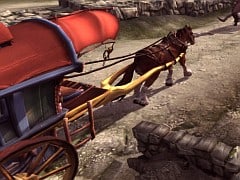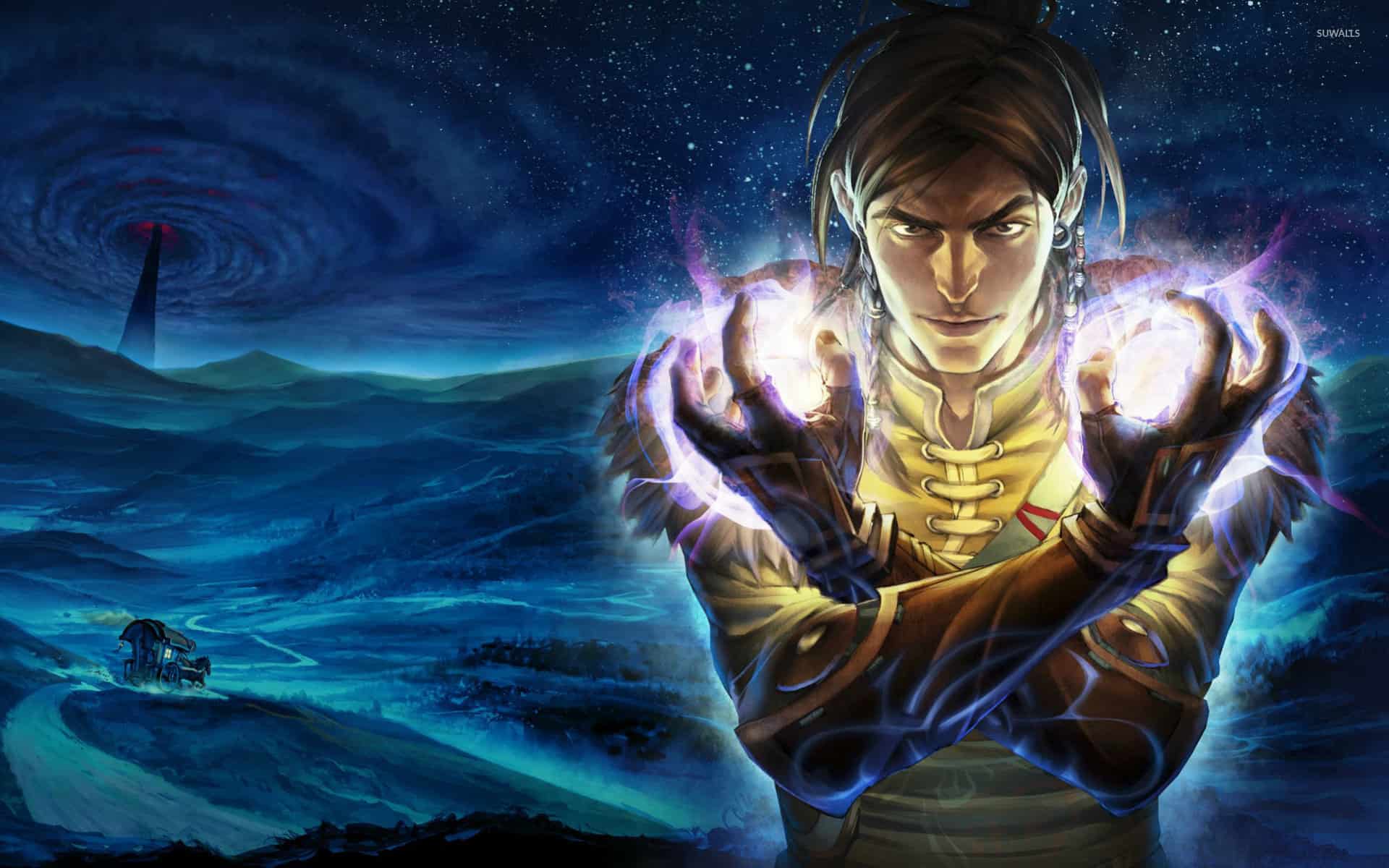You can trust VideoGamer. Our team of gaming experts spend hours testing and reviewing the latest games, to ensure you're reading the most comprehensive guide possible. Rest assured, all imagery and advice is unique and original. Check out how we test and review games here
Get a bit of white facepaint and a couple of prosthetics and I reckon Peter Molyneux would make a pretty convincing Lord Voldemort. I’m not saying that to be mean, it’s just that after watching him whisper “why don’t you just die” at a presentation during Microsoft’s Spring Showcase I was more than a little bit worried the next words out of his mouth would be avada kedavra.
Molyneux is a well spoken man with a lot to say, and with Fable: The Journey he’s managed to articulate one of his most difficult arguments yet – that it’s not only possible to make a Kinect game that’ll appeal to the core audience, but one that works with softly spoken words and only the gentlest of gesticulations.
Like much of Lionhead’s stuff, there’s already the faint whiff of the impossible about it – anyone who screamed at the television shouting “HALO THROW GRENADE” during last year’s Halo: Anniversary will be extraordinarily dubious of the claim Fable: The Journey will respond to utterances barely louder than a whisper. There’s plenty to be sceptical about when it comes to Fable: The Journey, then, but at least you can’t fault it for not being interesting.
The meat of the game is between one man, Garbiel, and his horse, taking a 300-mile trek across Albion in a quest to reach The Spire. While hinted at before, the relationship between horse and player seems to have been intensified since the game’s last public showing at E3 2011 – exacerbated, perhaps, by the fact Molyneux seems to be more than a little bit enchanted by the stage version of War Horse.
While you can’t kill the horse directly, your actions have an effect on its well-being. You pull the reins too hard and the horse’s bit will tear its lips. Work your mare too hard and it will become malnourished, and if you’re feeling particularly torturous you can even push arrows into its body instead of taking them out. It’s a fairly realistic looking nag, too, with attention being lavished over the way its ears move, and the way it blows air out its mouth.
Even though I find some of the claims increasingly dubious, such as when Molyneux states the horse can recognise when the player feels nervous, there’s a lovely feeling of sentiment behind the idea. In many respects the horse feels like an advancement of some the concepts of animal companionship and the technical mechanics introduced with the dog in Fable II, and Molyneux promises that the horse will pay for every single mistake you make within the game.
To illustrate his point, Molyneux makes one player take the reigns through a mountainous path that also happens to be a Hobbe encampment. It is impossible to avoid being spotted, and the horse staggers after being shot with an arrow before a Hobbe fleet begins to charge. You need to escape, but you’ve got a dilemma – do you push your injured horse harder to secure your getaway, even though it causes him more pain?
After escaping the Hobbes, the next sequence shows off another work of ambition – healing the horse. Pulling out the arrow (it can be pushed in if you’re feeling torturous) must be done in a smooth, gentle motion, and the wound can be healed by using Gabriel’s healing abilities. These come at a cost, however; using them requires another living thing to pay the price, with the promise that little bunnies will drop dead in the streets as you use your restorative abilities.
In a later sequence, the player is taken away from the horse and forced into one of the shooting arenas similar to the ones we saw of the game last year. The difference now is that you’re controlling two types of magic – one with each hand – with the right hand throwing offensive blasts and the left hand controlling a whip-like object that can be used to grab and fling your enemies. It certainly looks more promising than the demos we’ve seen previously, though I find myself dubious of Molyneux’s claim that loud voices will intensify the power of your right hand skills while softly-spoken utterances will enhance your left hand.
Much like Lord Voldemort, though, I think Molyneux really believes in his vision. There’s a lot of ambition behind this Kinect adventure, and while I’m sceptical of whether the hardware (or even Lionhead) can deliver on all these promises, I’m finding myself prepared to give both Kinect and Molyneux a chance.

/https://oimg.videogamer.com/images/2e5f/fable_the_journey_11.jpg)






